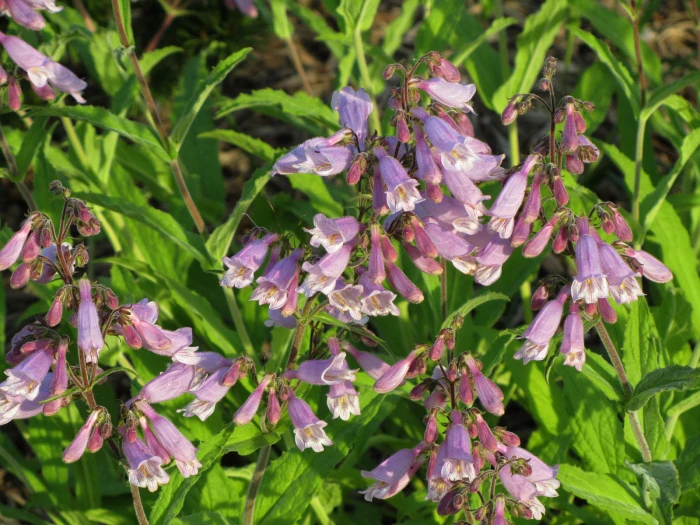Eastern Gray Beardtongue
(Penstemon canescens)
Eastern Gray Beardtongue (Penstemon canescens)
/
/

Katja Schulz
CC BY 2.0
Image By:
Katja Schulz
Recorded By:
Copyright:
CC BY 2.0
Copyright Notice:
Photo by: Katja Schulz | License Type: CC BY 2.0 | License URL: https://creativecommons.org/licenses/by/2.0/ | Uploader: treegrow | Publisher: Flickr |






















Estimated Native Range
Climate Requirements for Moscow, Russian Federation
| This Plant | Your Site | Plant Suitability for Your Location | ||
|---|---|---|---|---|
| • Precipitation | 19" - 82" | 28" | Your precipitation may be insufficient for this plant. Irrigate N" / year. | Irrigate N" / year |
| • High Temp. | 68°F - 92°F | 74°F | Your summer temperatures are normal for this plant. | Excellent |
| • Low Temp. | 10°F - 33°F | 13°F | Your winter temperatures are normal for this plant | Excellent |
This plant should grow well at your location with about N inches per year (Y minutes per month) of irrigation.
Summary
Penstemon canescens, commonly known as Eastern Gray Beardtongue, is a perennial herb native to open woodlands and forest edges in the Appalachian region of the United States. It typically grows up to one meter in height and features erect stems clothed in fine gray hairs, giving it a distinctive appearance. The plant produces tubular flowers that are blue, pink, or purple, blooming profusely in late spring to early summer and are quite showy, attracting pollinators such as bees and hummingbirds.
Eastern Gray Beardtongue is valued for its ornamental flowers and its ability to thrive in dry, well-drained soils, making it a suitable choice for rock gardens, border fronts, and native plant gardens. It is drought-tolerant once established, requiring low to medium amounts of water, and prefers full sun to light shade conditions. While it is generally low-maintenance, it can be susceptible to root rot if overwatered or planted in poorly drained soils. It is not known for being invasive and does not typically present problems with aggressive roots or diseases.CC BY-SA 4.0
Eastern Gray Beardtongue is valued for its ornamental flowers and its ability to thrive in dry, well-drained soils, making it a suitable choice for rock gardens, border fronts, and native plant gardens. It is drought-tolerant once established, requiring low to medium amounts of water, and prefers full sun to light shade conditions. While it is generally low-maintenance, it can be susceptible to root rot if overwatered or planted in poorly drained soils. It is not known for being invasive and does not typically present problems with aggressive roots or diseases.CC BY-SA 4.0
Plant Description
- Plant Type: Herb
- Height: 1-3 feet
- Width: 1-1.5 feet
- Growth Rate: Moderate
- Flower Color: Pink, Purple, White
- Flowering Season: Spring, Summer
- Leaf Retention: Deciduous
Growth Requirements
- Sun: Full Sun, Part Shade
- Water: Low, Medium
- Drainage: Fast, Medium
Common Uses
Bank Stabilization, Bee Garden, Bird Garden, Border Plant, Butterfly Garden, Deer Resistant, Drought Tolerant, Groundcover, Hummingbird Garden, Low Maintenance, Rabbit Resistant, Rock Garden, Showy Flowers
Natural Habitat
Open woodlands and forest edges
Other Names
Common Names:
Scientific Names: Penstemon canescens , Penstemon brittoniorum , Penstemon brittonorum , Penstemon canescens subsp. brittoniorum , Penstemon canescens f. villicaulis , Penstemon canescens var. typicus , Penstemon laevigatus var. canescens , Penstemon brittanorum , Penstemon canescens f. brittoniorum , Penstemon canescens f. brittonorum
GBIF Accepted Name: Penstemon canescens (Britton) Britton